I haven’t seen many of these, a ‘Pulsations’ chronograph from 1972, which arrived in semi-working condition. It would run fine while the chronograph was engaged but stop running altogether if chronograph was stopped.
(Click pictures to enlarge)
It had a few cosmetic issues too. The lume was so badly corroded on the hands that it looked like black paint and a messy relume had been done on the dial indices somewhere along the way.
I took a bit of a gamble on this one as there was a chance that the stopping problem was being caused by a damaged chronograph centre wheel which is the key to whole mechanism. Here’s a shot of the movement with the winding and chronograph bridges removed.
This design is called a ‘vertical clutch chronograph’ because the chronograph centre wheel houses a spring loaded clutch plate which is raised and lowered to contact the (constantly revolving) fourth wheel underneath, the friction between the two operates the chronograph mechanism.
The inset section of the picture shows the chronograph finger and under it you can see the top of the clutch plate and fourth wheel. When the chronograph centre wheel makes a complete revolution, the chronograph finger pushes the intermediate wheel, turning the minute recording wheel forward one graduation on dial’s sub-register.
My gamble paid off this time, the chronograph centre wheel was fine, the problem was that the whole winding mechanism (which sits on top of the chronograph bridge) had been heavily overoiled and the oil had seeped down into the rest of the movement. As the oil coagulated with age it proved too much for the going train. The picture above was taken during dis-assembly and you can see that so much oil was put on the winding mechanism that it crept right through and onto the ratchet wheel.
A thorough cleaning of the whole movement and a careful oiling did the trick. The case was is pretty good shape so a crystal polish and a relume took care of the cosmetic issues. I did the best I could with the hands but the old lume had eaten into the lacquer which is a shame, though it’s not noticeable at all in daily wear.
Ok, so why ‘Pulsations’? Well, this watch was aimed at members of the medical profession as it can be used to measure heart rates.
The outer ring is graduated with the numbers from 100 to 11 and the ‘base 10’ tells you how many heartbeats to count before stopping the timer. To use it, you feel for the patient’s heart beat, reset the chronograph, start the timer, count 10 heart beats and then stop the timer. The number that the sweep second hand points to on the outer ring is the patient’s heart rate (in beats/minute)…. brilliant!
Rich.

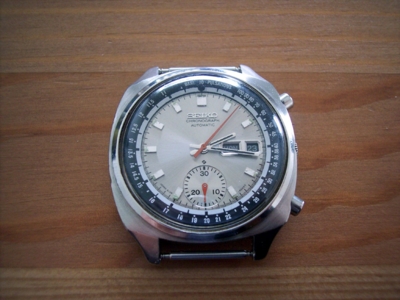
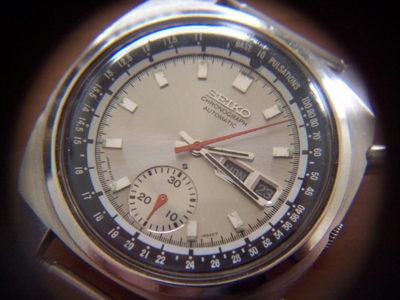
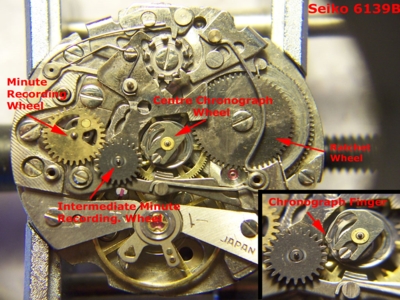
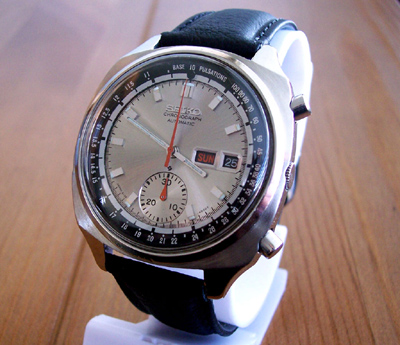
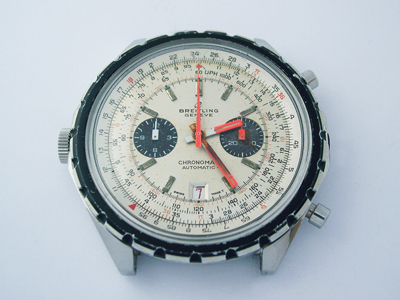
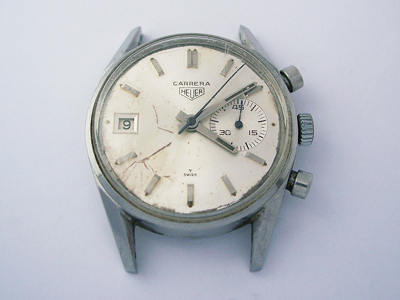
I love what you’ve achieved with this piece. It looks great after the cleanup. This watch is really something else! Is such a process costly? I have my eye on a similar watch on Ebay, and would ideally like to have it cleaned up once the sale goes through.
All the best!
– Richard